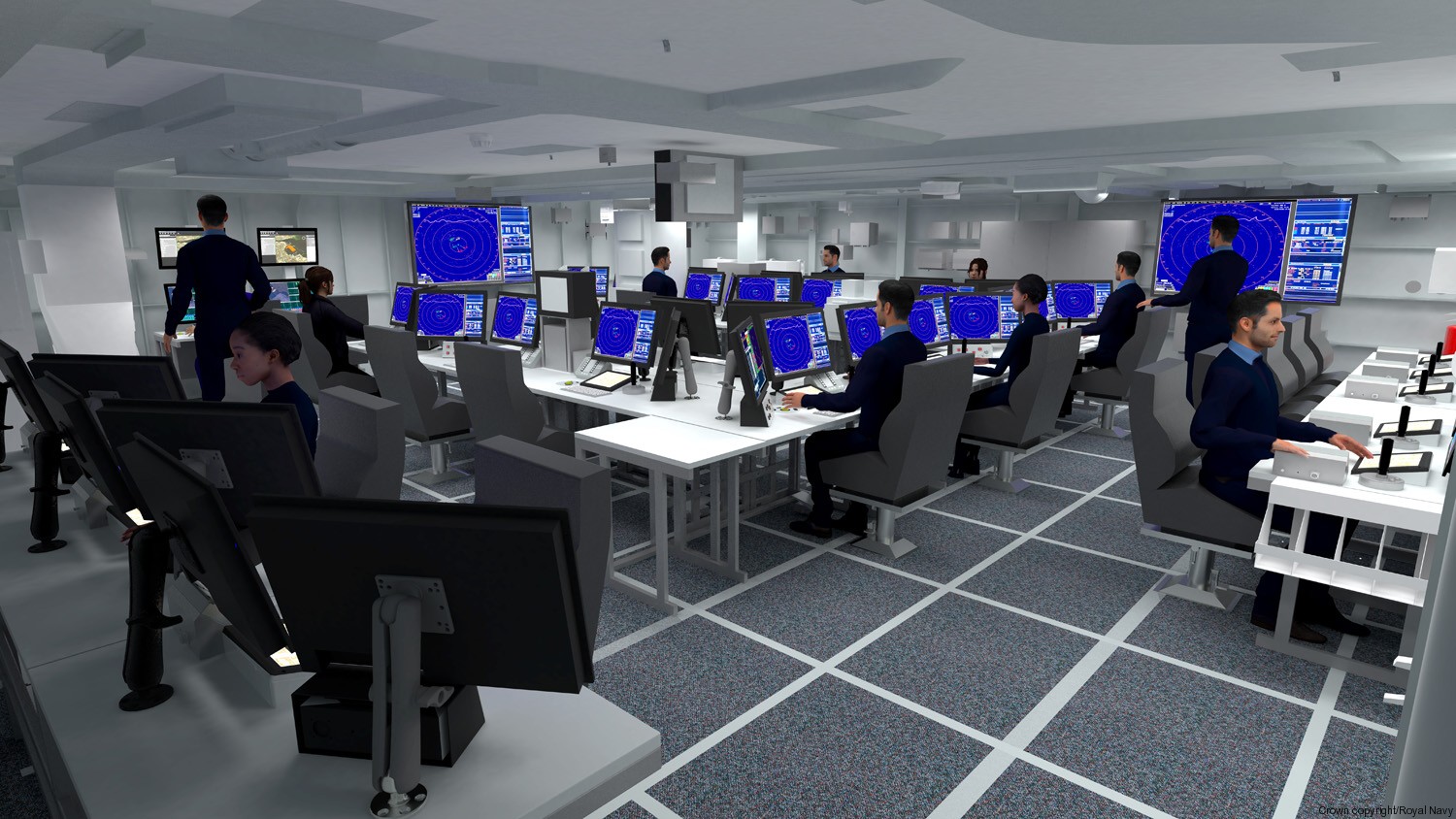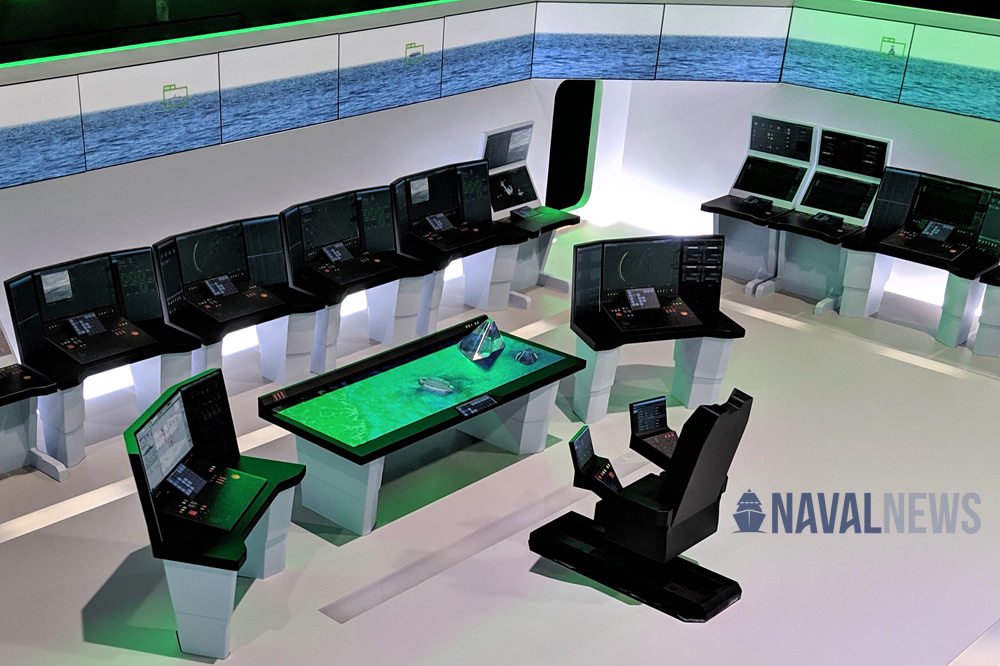Bringing the national comparisons here rather than a further derail of the Reserve thread
@markppcli @ueo
Mark, don't want to get lost in the weeds of individual vehicle superiority- it goes without saying that barring major design flaws a 28 tonne cannon armed IFV is more desirable than a 14 tonne APC. But what I was driving at wasn't which is better on the micro scale- it was what allocations are feasible, make for better overall army, etc.
To expand, I'm going to focus on the UK comparability, and look at combat arms units rather than vehicle counts, though certain CS items I'll keep to counts. This is not going to account potential differences in overall defense allocations between Army, Navy, Air Force, Regular and Reserve. Our UK GDP multiple is .64, % spend multiple is .60, therefore the controlled for budget expectation is .38
Which translates to
In GDP terms Canada should be expected to field a light 2/3rds the force of the UK, due to budget constraints the CAF shouldn't be expected to do more than a heavy 1/3rd.
| UK | UK Actual | UK->CAN GDP Equiv | UK-> CAN Spend Controlled | CAN Actual |
| Tank Regiment (MBT) | 3 | 2 | 1 | 1 |
| Armoured Cavalry Regiment | 3 | 2 | 1 | 1 (assume LRSS concentrated) |
| Light Armoured Cavalry Regiment | 3 | 2 | 1 | 1 (pretend TAPV works) |
| Armoured Inf Bn's (IFV) | 6 | 4 | 2 | 6 |
| Mech Inf Bn's (20+ Tonne APC) | 3 | 2 | 1 | 0 |
| Light Mech Inf Bn's (7.5 tonne) | 6 | 4 | 2 | 0 |
| Light & Para Inf Bn's | 14 | 9 | 5.3 | 3 |
| Artillery - SP 155's /Towed 105's/Rocket (pieces) | 90/100/50 | 60/66/34 | 30/33/17 | 37 towed 155, 28 towed 105 |
| AD (H SP / L SP/ Stationary) | 60/100/24 | 40/66/16 | 20/33/8 | NA |
| Attack Helicopters | 66 | 44 | 22 | NA |
Other discrepancies- TOW+ M3 CG84 vs Javelin + NLAW, man portable starstreak vs nothing
My first thought is that model holds up surprising well in terms of surface level outputs. RCAC tracks well (Leo serviciability and TAPV lemon issues aside), total number of Inf Bn's not far off, our 9 vs a projected 10, tube artillery #'s are close (albeit with our towed vs their SP 155's.
Biggest differences,
we have the inverse weighting of Armoured/ Mech to Light Mech/Light/Para,
we have no Rocket artillery, GBAD, Attack Helicopters, completely inferior anti-armour capability
To which I raise the question(s)-
to what extent are they linked- do those tradeoffs in acquisition, infrastructure, and operating costs actually line up, or is this all coincidence?
if there is some basis in reality- would you go back and remake the CA with balance/weight of the UK army (with or without some tweaking) to regain those capabilities?
And offer the opinion/ apology- assuming there is any merit at all to those numbers and the tradeoffs, I think that I and others have been overly critical of the CA and it's ability to deliver value. We may be G7, but we're both significantly smaller and significantly underfunded compared to "peers", and when both are accounted for it becomes apparent that shortfalls might be more about internal allocations/decision making than actual raw product.





